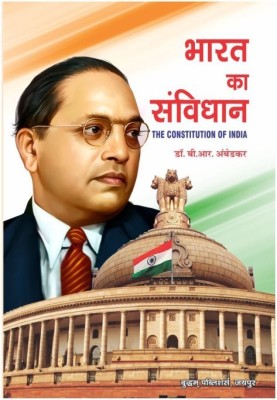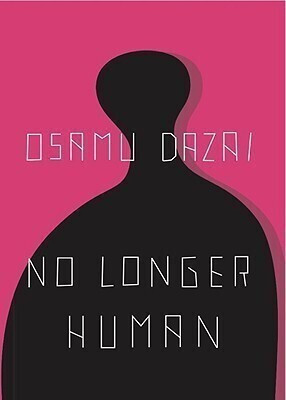
Rubber (English, Paperback, Source Wikipedia)
Price: Not Available
Currently Unavailable
Highlights
- Language: English
- Binding: Paperback
- Publisher: Books LLC, Wiki Series
- ISBN: 9781156592304, 1156592305
- Edition: 2011
- Pages: 40
Description
Please note that the content of this book primarily consists of articles available from Wikipedia or other free sources online. Pages: 39. Chapters: Vulcanization, Natural rubber, Rubber boom, United States Rubber Company, Halkett boat, Synthetic rubber, Accelerant, Latex, Rubber band, Trelleborg AB, Rubber Board, Gutta-percha, Parthenium argentatum, Latex clothing, Mikasa Sports, Stevenson Plan, Tun Abdul Razak Research Centre, Vytex Natural Rubber Latex, Injection molding of liquid silicone rubber, Fordlandia, Castilla elastica, International Rubber Regulation Agreement, Crumb rubber, Silicone foam, Thomas Adams, Rubber technology, Foam latex, Smart rubber, Anti-degradant, Slaughter tapping, Rubber seed oil, Cold rubber, Acrylic rubber, Foam rubber, Ethylene propylene rubber, Rubber washer, Si 363, Tan II, AEM rubber. Excerpt: The rubber boom was an important part of the economic and social history of Brazil and Amazonian regions of neighboring countries, being related with the extraction and commercialization of rubber. This boom was centered in the Amazon, facilitating a large expansion of colonization, attracting wealth and causing cultural and social transformations, along with encouraging the growth of Manaus, Porto Velho, and Belem, which today remain major cities and the capitals of their respective Brazilian states, Amazonas, Rondonia and Para, as well as Iquitos in Peru, for example. The rubber boom occurred largely between 1879 to 1912, and afterwards experienced a revival from 1942 to 1945 during the Second World War. Extraction of latex from a rubber tree.Natural rubber is an elastomer, also known as tree gum, India rubber, and caoutchouc, which comes from the rubber tree in tropical regions. Christopher Columbus was the one of the first Europeans to bring news of this odd substance back to Europe, but he was not the only one to encounter this substance. In fact around 1736, a French astronomer recalled how Indians used rubber to waterproof shoes a...
Read More
Specifications
Book Details
| Imprint |
|
| Publication Year |
|
| Table of Contents |
|
Dimensions
| Width |
|
| Height |
|
| Length |
|
| Weight |
|
Have doubts regarding this product?
Safe and Secure Payments.Easy returns.100% Authentic products.
Back to top






